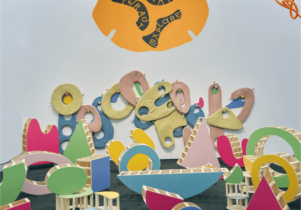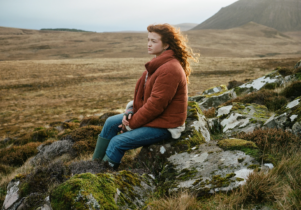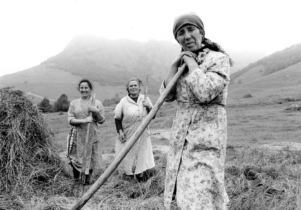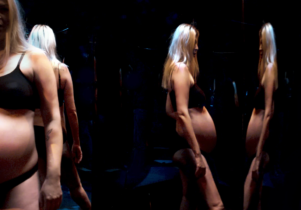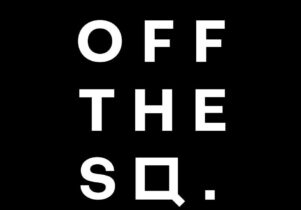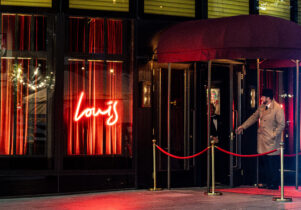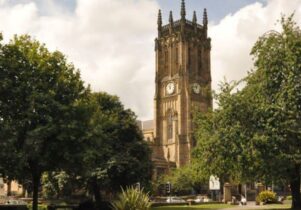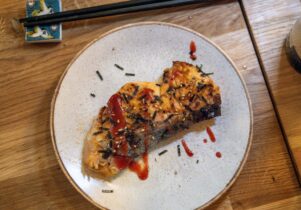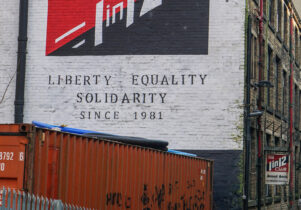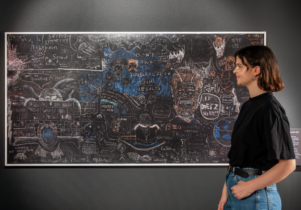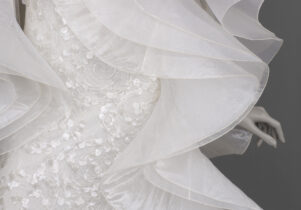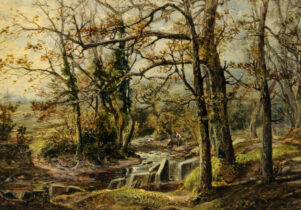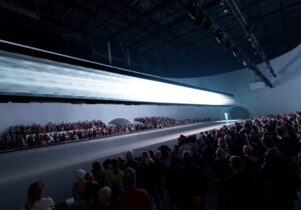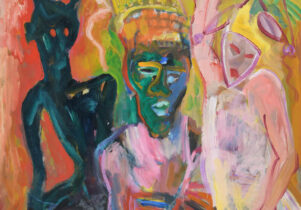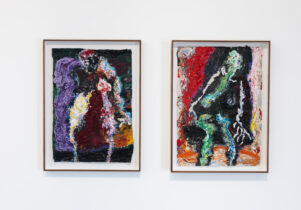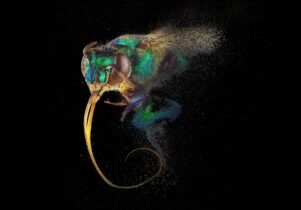Phyllis Christopher: Contacts at BALTIC, Gateshead
Maja Lorkowska, Exhibitions Editor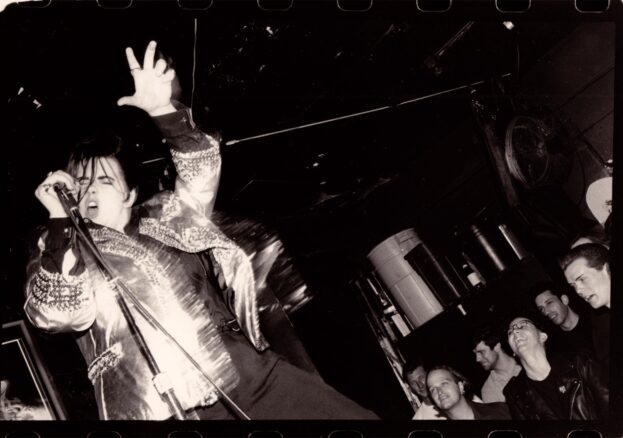
Contacts, currently on display at BALTIC, marks the first major institutional survey of Phyllis Christopher’s work: an unapologetic, intimate glimpse into the life of the lesbian community of San Francisco in the 90s.
Documenting LGBTQ+ protests alongside scenes of sexual intimacy, Christopher uses photography to examine the queer politics during the AIDS crisis and a period of increased homophobic violence. Images of pleasure are interspersed with symbols of defiance and community courage. First and foremost the images are gorgeous, revealing the eye of a skilled photographer whose ability to capture fleeting moments cannot be questioned. The black and white film gives the final images a filmic, timeless quality while Christopher herself says that her main aim was to make everyone in the photographs beautiful: “I’m creating the pin-ups I didn’t have as a teenager.” Indeed, there is a feeling of reverence and admiration for the collective action as well as the female form, far from the clichéd nude.
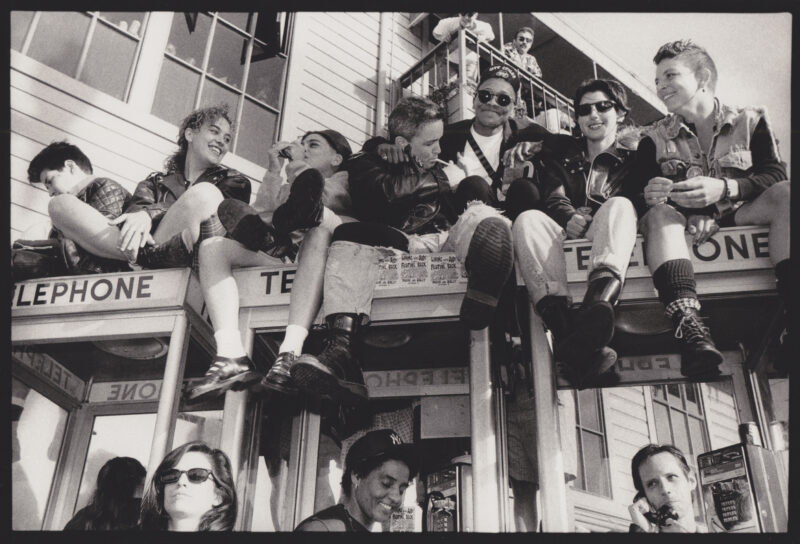
These are photographs dripping with energy – some with the fierceness of revolutionaries climbing on top of phone booths, carrying banners saying ‘Robert Mapplethorpe is the Messiah’ to the sensuality of quiet, more private moments. Importantly, being part of the lesbian community herself, Christopher does not fetishise her subjects but rather celebrates them and through her work as a photographer amplifies the community’s collective voice. Her images often circulated via the magazine On Our Backs where the artist worked as a photo editor.
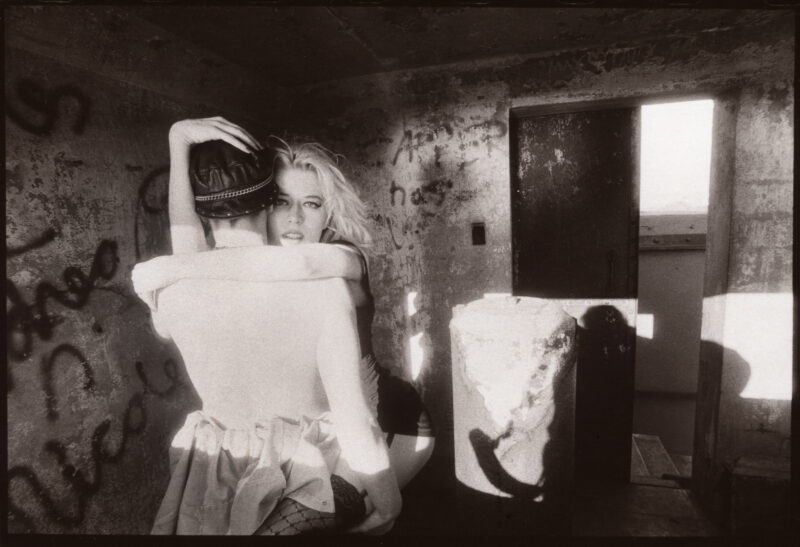
Women are portrayed in a multitude of ways here, from putting their bodies on the front line of protests for the right to medication in the midst of a health crisis, to shots from wild nightclub performances and tenderly depicted intimacy.
Through her documentation, Christopher contributed to the creation of a lesbian visual language and made visible the lives of people who were passionately fighting to be heard. Her hand printed and tinted photographs mark a significant point in San Franciso’s history, one that even state censorship could not erase.
